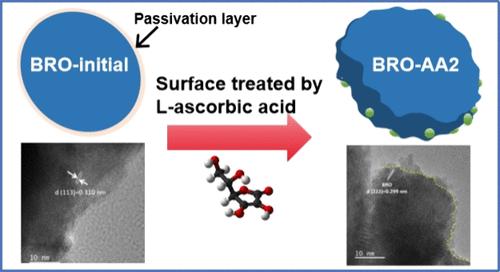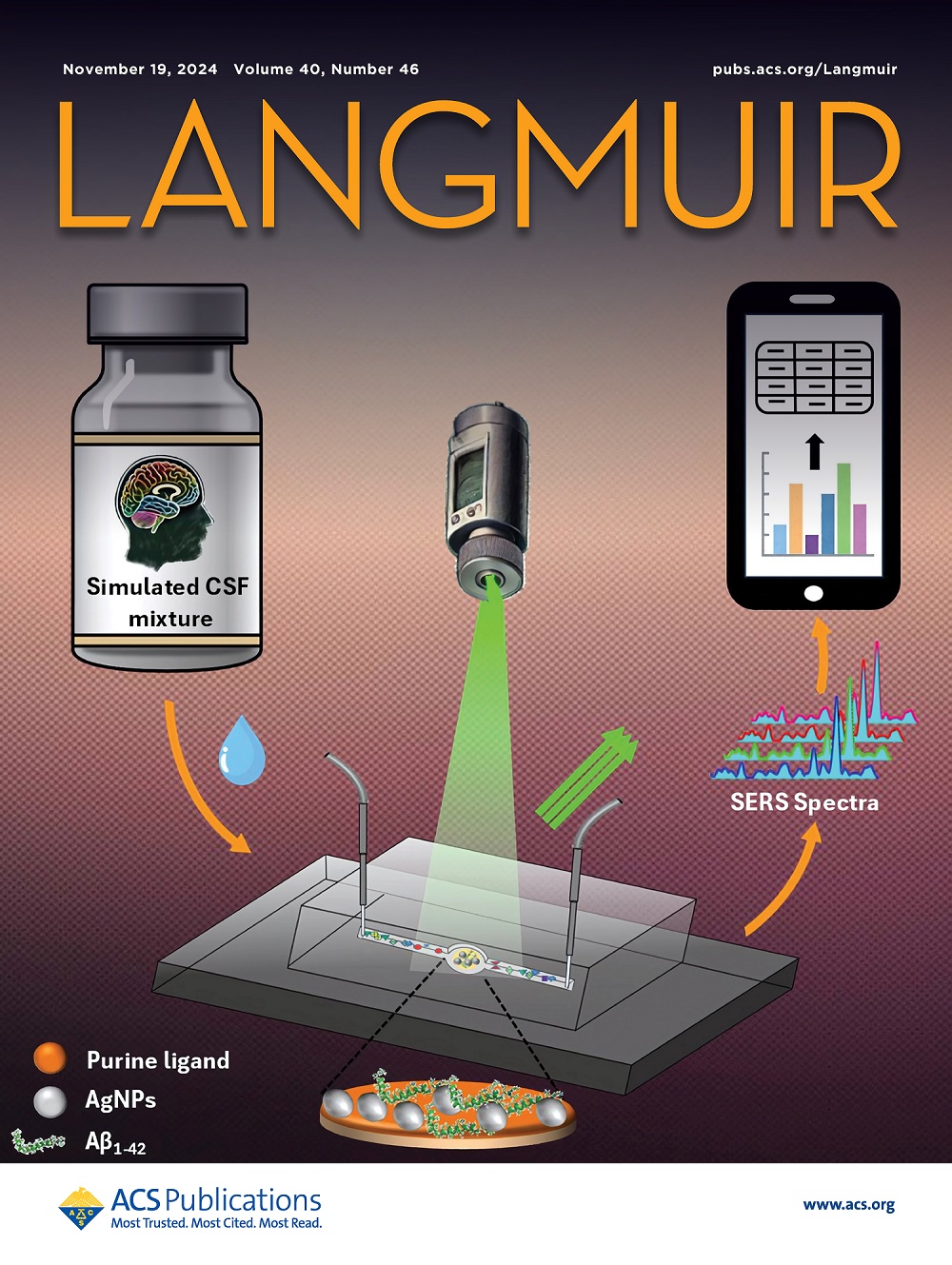Mitigating A-Site Segregation in Pyrochlore Oxides: Enhancing Oxygen Evolution Reaction Performance through Surface Engineering
IF 3.7
2区 化学
Q2 CHEMISTRY, MULTIDISCIPLINARY
引用次数: 0
Abstract
Significant progress has been achieved in enhancing the oxygen evolution reaction (OER) performance of pyrochloric oxides through geometric and electronic structure regulation. However, the issue of A-site cation segregation in these materials remains underexplored. In this study, Bi2Ru2O7, a promising OER electrocatalyst, is synthesized via a sol–gel method, and its surface is modified using l-ascorbic acid to address Bi3+ segregation. This treatment selectively removes the Bi2O3 passivation layer, inducing an amorphous RuOx layer that forms a heterostructure with crystalline Bi2Ru2O7. This engineered structure significantly enhances catalytic performance, reducing the overpotential to 259 mV at 10 mA cm–2 and maintaining stability after continuous operation for >30 h. Comprehensive characterization, electrochemical testing, and density functional theory calculations reveal that the improvements stem from an increased number of oxygen vacancies and enhanced electron transfer. This work underscores the importance of surface engineering to mitigate A-site segregation, providing a new strategy for optimizing Ru-based pyrochlores in energy conversion technologies.

求助全文
约1分钟内获得全文
求助全文
来源期刊

Langmuir
化学-材料科学:综合
CiteScore
6.50
自引率
10.30%
发文量
1464
审稿时长
2.1 months
期刊介绍:
Langmuir is an interdisciplinary journal publishing articles in the following subject categories:
Colloids: surfactants and self-assembly, dispersions, emulsions, foams
Interfaces: adsorption, reactions, films, forces
Biological Interfaces: biocolloids, biomolecular and biomimetic materials
Materials: nano- and mesostructured materials, polymers, gels, liquid crystals
Electrochemistry: interfacial charge transfer, charge transport, electrocatalysis, electrokinetic phenomena, bioelectrochemistry
Devices and Applications: sensors, fluidics, patterning, catalysis, photonic crystals
However, when high-impact, original work is submitted that does not fit within the above categories, decisions to accept or decline such papers will be based on one criteria: What Would Irving Do?
Langmuir ranks #2 in citations out of 136 journals in the category of Physical Chemistry with 113,157 total citations. The journal received an Impact Factor of 4.384*.
This journal is also indexed in the categories of Materials Science (ranked #1) and Multidisciplinary Chemistry (ranked #5).
 求助内容:
求助内容: 应助结果提醒方式:
应助结果提醒方式:


